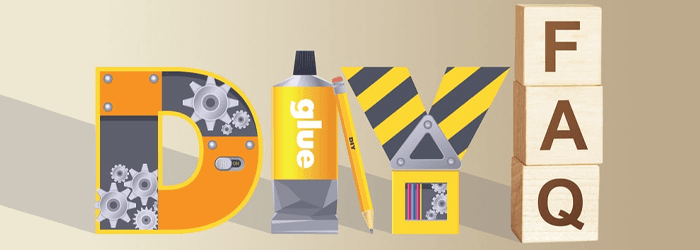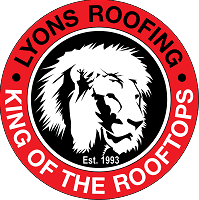Although Americans are more eco-conscious than ever, they often have trouble defining what a “green” home is supposed to be.
Is it a house built with green materials and what are they? Does it need double-paned windows and solar panels on the roof? Is your house close to where you work so you don’t have to drive your car as much? Was it painted with low-volatile-organic-compound (VOC) paint? Does it have the right kind of insulation in the attic and are there low-maintenance shingles on the roof, like concrete, metal or fiber-cement? Is the roof light-colored to reflect the sun?
A house can have all those features and more, of course. The problem for you — the homeowner — is that the green features have to make economic sense; they also have to look good and be realistic choices. You may be in love with post-and-beam straw bale construction but if you want to live in a subdivision house in the heart of Phoenix, it might be tough to find or build a house like that.
Here are some questions to consider if you are remodeling or building a new house and you’re motivated by green considerations:
1 – Is going green worth it?
When I’m asked this, I always answer with more questions: “Do you want to save money on your monthly energy bill? Do you want a reasonable return on investment from your energy efficiency improvement projects? Or do you want to make a philosophical statement about how small your carbon footprint is?”
There are green home improvement projects that will provide a nice return on investment. Generally speaking, these are the lower cost projects like weather-stripping, shading windows and double-checking that your insulation is installed correctly.
There are also green home improvement projects that greatly enhance your quality of life and lower your utility bills somewhat, providing a more modest return on investment. Often these projects include new high efficiency air conditioning units and/or high performance windows.
Then there are the green home improvement projects that will all but eliminate your carbon footprint; but seldom do these provide any reasonable return on investment. Generally speaking, these are some of the most expensive projects like composting septic tanks and windmills.
So is going green worth it? I have to repeat: “What does ‘worth it’ mean to you? What do you want to accomplish?”
2 – How can you find out what products are truly green?
The list of green building products grows constantly: Australians trying to turn macadamia shells into “micro-timber”; Malaysians developing a green-mix concrete from recycled materials. Other pioneers are creating insulation and faux-wood particleboard out of mushrooms.
Be alert and ask a lot of questions. You can also investigate the products and processes online, of course.
Here’s an example: Do a search for answers to a simple question like, “Is bamboo flooring really green?” and you’ll get thousands and thousands of replies.
You can also seek out products with third-party certification, like Energy Star ratings, a program of the U.S. Energy Department, or Greenguard or Eco-logo, programs set up by Underwriters Laboratories.
To a certain extent, this certification process seems to be in its infancy. But if you’re interested in building a green house, you can hire an architect, contractor or engineer accredited by the LEED program of the U.S. Green Building Council. Those letters — LEED — stand for Leadership in Energy and Environmental Design.
3 – What are some of the newest green trends on the market?
According to Anthony Floyd, architect and green building consultant for the city of Scottsdale, there’s a new drive to install high-efficiency plumbing fixtures, including new faucets and toilets that use less water. You can look for bathroom sink faucets and aerators that carry a WaterSense label (Environmental Protection Agency certification), for example. Those faucets will produce a maximum of 1.5 gallons per minute and reduce water flow by 30 percent or more. WaterSense showerheads are on the market as well.
Twenty years ago, low-flow toilets, using 1.6 gallons of water per flush, were introduced on the market with some resistance from consumers. But now even more dramatic engineering changes have been made so that flush can use 1.28 gallons or less.
There’s also new emphasis on improving air quality inside homes using what are called energy recovery ventilators that bring more outdoor air into your HVAC system instead of simply recirculating the same air over and over again.
Another change is in how attics are insulated in new homes, according to Floyd. Many Arizona homeowners may be interested in this possibility. The intent is to improve cooling attic areas through the use of foam insulation sprayed on the underside of roof sheathing. You can expect foam insulation to play an ever-bigger role in home building not only in attics but also in our walls.
So if you’re thinking green for your home, there are no simple formulas. Big changes may be on the horizon and you might need to do some serious homework. It’s up to you the homeowner to find out what will work best in your house.
###















